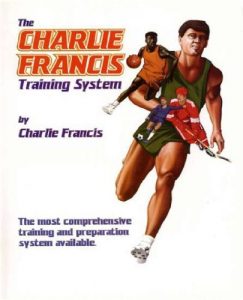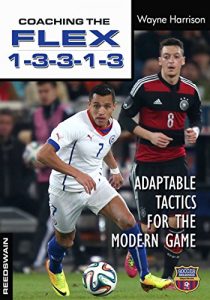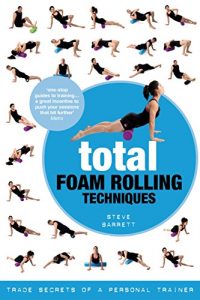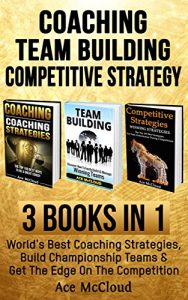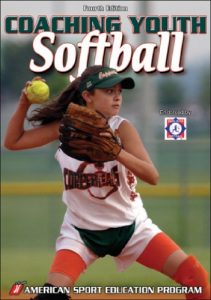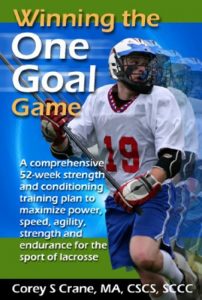I 99eBooks è una directory di eBook. Cerchiamo e classificato intorno alle eBooks Web per te!
Tutti i diritti riservati. I libri e libri elettronici sono di proprietà dei rispettivi proprietari.
Charlie Francis Training System (English Edition)
The Charlie Francis Training System was a project set out to teach coaches how to coach. Francis was an Olympian in the 100 m in Munich in 1972 and once ranked number 5 in the world in the 100meters. His frustration as a frequently injured athlete fueled his desire to find a more effective way to coach athletes who might see their full potential. Francis began working with high school aged children and went on to develop a group of athletes who set multiple Canadian and world records , won Olympic medals and his work continues to have a strong impact how coaches and athletes view preparation of speed and power of the 100 meters. A decade prior to Francis’s untimely passing of a rare untreatable cancer, Francis spent a great deal of time promoting his ideas via his name sake website on a forum. His hope was to teach people how to apply what he learned. Francis’s legacy will likely be best known for his intimate understanding of the Central Nervous System ( CNS) regenerative techniques to replenish one’s own energy reserves and the interplay of the art and science of sprinting.
The CFTs is set up as a question and answer format which makes the reader feel they are having a personal conversation with Francis. Francis allows those reading his manual to easily understand his thinking , how his experience factored into the choices he made and the combination of these facts makes the practical application of his principles possibly more assessable to a wider audience outside typical training principle and methodology books.
The athletes Francis coached are used in this book as case studies discussing their history and stories in the context of their event and how Francis used his methods to individualize each person’s training routine over time.
Francis talks about talent id , athlete development , sprint technique , strength training , recovery and regeneration and planning and periodization. He talks about who influenced his ideas and how the mistakes he made as an athlete drove him to be a better coach. Francis’s views on testing and monitoring, sport psychology, electric muscle stimulation, politics and coaching and financial considerations are also all discussed.
A coach will find this book an invaluable resource. If you are an athlete, you will not want to ignore the scale of how Francis went about succeeding with no funds but developed a bunch of random kids into what arguably has been one of the most successful groups of track and field history.
The CFTs is set up as a question and answer format which makes the reader feel they are having a personal conversation with Francis. Francis allows those reading his manual to easily understand his thinking , how his experience factored into the choices he made and the combination of these facts makes the practical application of his principles possibly more assessable to a wider audience outside typical training principle and methodology books.
The athletes Francis coached are used in this book as case studies discussing their history and stories in the context of their event and how Francis used his methods to individualize each person’s training routine over time.
Francis talks about talent id , athlete development , sprint technique , strength training , recovery and regeneration and planning and periodization. He talks about who influenced his ideas and how the mistakes he made as an athlete drove him to be a better coach. Francis’s views on testing and monitoring, sport psychology, electric muscle stimulation, politics and coaching and financial considerations are also all discussed.
A coach will find this book an invaluable resource. If you are an athlete, you will not want to ignore the scale of how Francis went about succeeding with no funds but developed a bunch of random kids into what arguably has been one of the most successful groups of track and field history.
